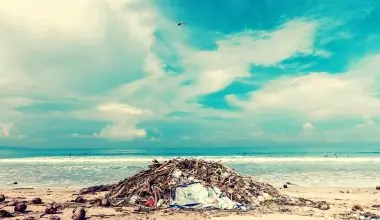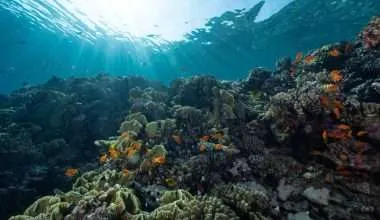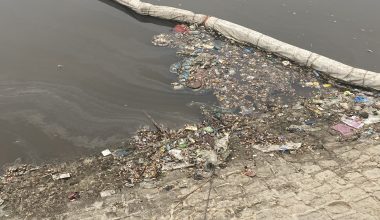Table of Contents Show
Nutrient pollution is of great environmental concern, not just in countries like the United States but also in other parts of the world. It is a matter of concern due to excessive amount of nitrogen and phosphorus in water and air.
Nitrogen and phosphorus are two of the most essential nutrients of marine ecosystems. They are both abundant nutrients in the world, especially nitrogen which is almost 78% of the planet’s atmosphere.
These nutrients are essential for the growth and support of aquatic plants and algae. Not just that, they also help to stabilize their habitats by providing them with food and helping to promote the increase in biodiversity of the aquatic ecosystem
However, sometimes an excessive amount of phosphorus and nitrogen may enter into various ecosystems causing nutrient pollution. Nutrient pollution has affected streams, rivers, lakes, coastal waters, and bays for decades now, causing several impacts on the environment and health of the planet.
Causes of Nutrient Pollution
The two main chemicals due to which nutrient pollution occurs is
- Nitrogen
- Phosphorus
These are the major chemicals seen in nutrient pollution and their excessive usage or high concentrations in products are the reason why nutrient pollution occurs.
Let’s go on to discuss the sources or causes of Nutrient Pollution.
1. Fossil fuels
Excessive use and burning of fossil fuels to generate electricity or to be used in the industrial sector, transportation, and agriculture have all lead to an increase in the excess amount of nitrogen in the environment.
Burning of fossil fuels releases oxides of nitrogen, the main culprits of smog and acid rain.
2. Wastewater
Wastewater treatment plants are not always operated under good guidance and supervision.
Hence, they fail to remove excess nitrogen and phosphorus from water before the water is discharged into other various water bodies causing further pollution.
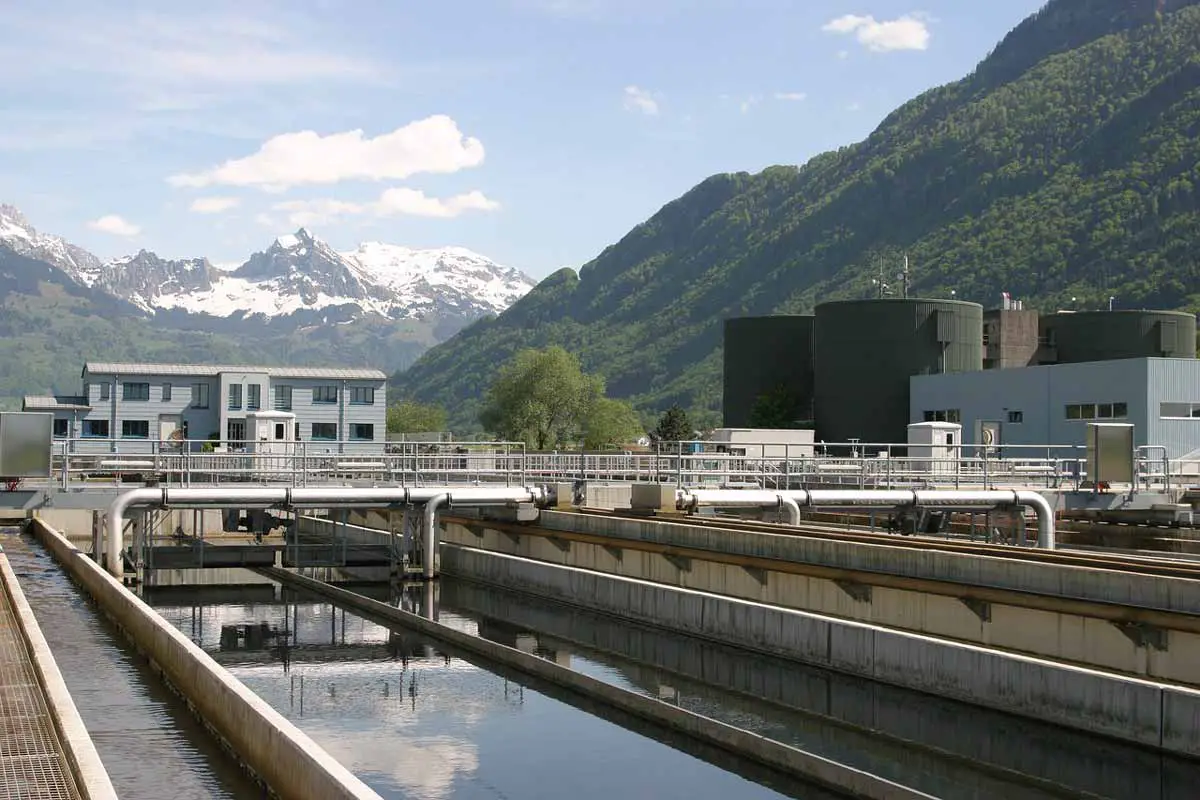
3. Rainfall
Rainfall, upon run-off from various surfaces, can eventually accumulate a lot of pollutants that include nitrogen and phosphorus. Eventually this contaminated water may pollute various other water bodies through local waterways across town.
4. Agriculture
Fertilizers are extensively used by farmers around the world to improve the growth and yield of their crop.
Chemical fertilizers contain nitrogen and phosphorus as the main constituent. If these fertilizers are not properly utilized by the farmers, they may negatively impact the atmosphere, and may also affect the water near these farmers’ homes.
Effects of Nutrient Pollution
1. Cultural Eutrophication

An excessive amount of nutrient pollution may facilitate the abnormal growth of algae in aquatic ecosystems. This may produce an anaerobic environment in the ecosystem eventually causing cultural eutrophication to occur which may lead to the death of the marine life.
The algae may produce various toxins that are harmful to animals, marine life, and humans. People drinking water from these water sources or consuming fishes that are caught from these regions may develop respiratory diseases and other life threatening conditions.
2. Acid Rain
The compounds of nitrogen oxides may react with oxygen molecules and other various atmospheric chemicals high up in the atmosphere and combine with rain, leading to acid rain.
This acid rain causes damage to livestock, aquatic plants, crops, animals, and infrastructure of various buildings.
Breeding in aquatic ecosystems may be affected adversely and some plants will be unable to live or tolerate high levels of acidity in the water eventually leading to the death of these fishes.
3. Acidification of Soil
Fertilizers containing nitrogen and phosphorus are the most opted fertilizers by farmers because of their various benefits on plant growth. Plants absorb these essential chemicals, and then slowly start to leach them out through water runoff.
This may lead to the development of soil with a very low (acidic) pH. This acidic soil drains all the water molecules from the soil leaving behind high amounts of salt in the soil.
The salt then pulls water from plants which may lead to plants experiencing severe dehydration, causing wilting of plants. Vital soil microorganisms may also die due to the surge in acidic content within the soil, eventually disrupting the fertility of the soil.
4. Loss of biodiversity
Ecosystems exposed to nutrient pollutants are at a high risk of losing plant and animal species, thereby reducing the biodiversity within the region.
When the amount of phosphorus and nitrogen begins to exceed the normal values, plant and animal species are exposed to various pollutants which can alter their growth and pollution.
This alteration has a rippling effect across the food chain and entire food webs.
5. Air pollution
Nitrogen compounds that are airborne result in the formation of air pollutants such as ozone, which is a component of smog and can restrict visibility.
Moreover, winds and weather conditions may facilitate the transfer of ozone across various areas of the planet.
This may then lead to damage to trees and a reduction in the vegetation and scenic areas of the region. Air Pollution also takes its toll on the human population.
Fortunately, we have Ways to Prevent Outdoor and Indoor Air Pollution.
6. Contamination of drinking water
Various toxics compounds may enter into freshwater through the use of fertilizers in agricultural areas. These may reduce the availability of pure drinking water and may affect the health of those who end up drinking this water.

7. Water treatment
Several disinfectants being used to treat drinking water affected by nutrient pollution may react with toxic algae in the water.
This chemical reaction produces a harmful chemical called dioxins.
This byproduct, of the water treatment, can lead to serious health concerns including developmental defects and reproductive problems.
8. Loss of tourism
All tourist related activities such as fishing, deep-sea diving, boating, and enjoying nature may be dampened by nutrient pollution. There would be a severe reduction in tourist attractions due to the effects of this pollution.
Tourists are also barred from visiting these sites by the government, as the threat of developing many health complications arises due to the vast amount of nutrient pollution.
Additionally, the aesthetic appeal of a river or a lake goes away once it gets covered with algae.
9. Reduction in fish farming
Algae growth leads to the development of hypoxic and dead zones in the water which becomes inhabitable for fishes and they end up dying due to the lack of oxygen available.
With large dead areas filled with algae being formed, there is a reduction in the amount of fish being caught. This leads to an increase in fish demand and overfishing.
However, demand is not met sufficiently leading to significant losses in the fish farming sector.
Solutions to Nutrient Pollution
1. Regulation in fertilizer production and reduce the use of synthetic fertilizers
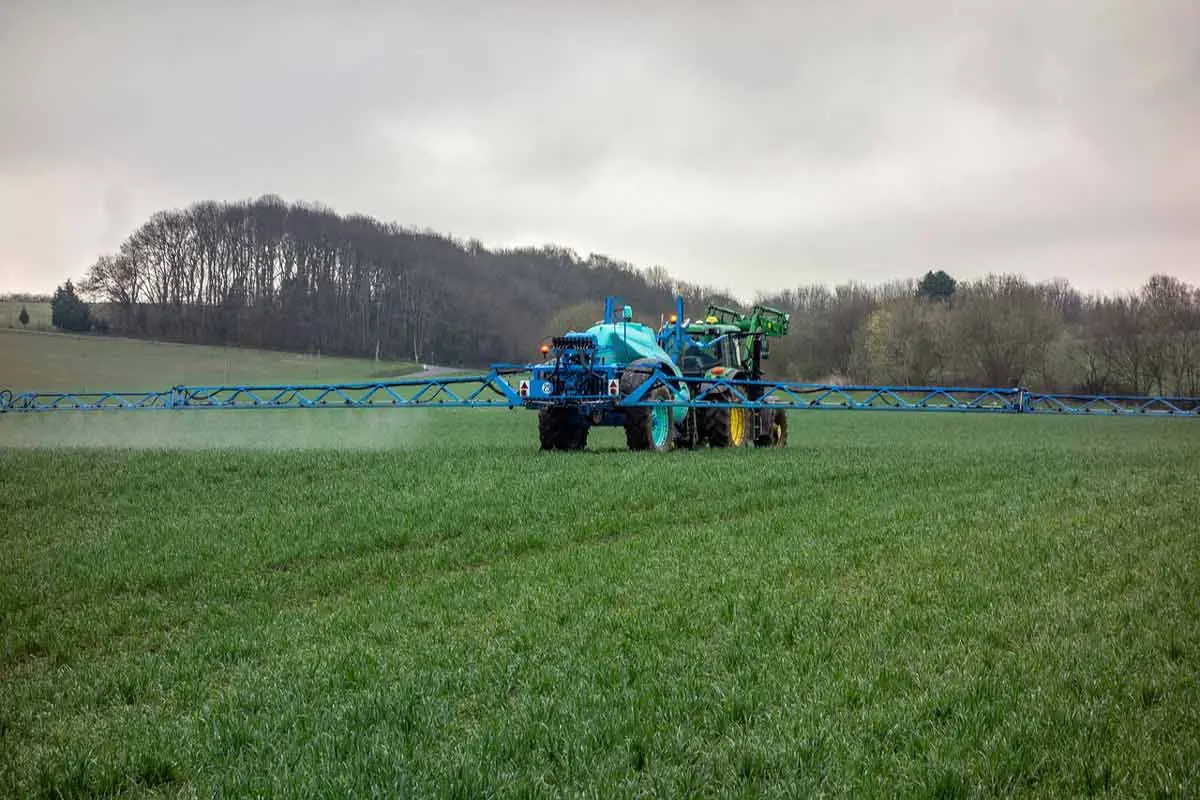
Strict policies must be made by the government concerning the production of fertilizers. These include placing strict regulations on the amount of nitrogen and phosphorus in fertilizers as they are the main culprits of causing severe nutrient pollution.
This can be done through the standardization of fertilizer products, ensuring that every brand of fertilizer has a fixed amount of nitrogen and phosphorus in their product which meets the criteria of the government and doesn’t cause any additional health concerns.
The use of synthetic fertilizers must also be regulated and should even be banned in areas where the risk of nutrient pollution is high.
Farmers should be encouraged to acquire fertilizers through natural resources, adopting organic farming which has fewer environmental risks associated with it.
2. Animal Manure fertilizers
The manure from livestock can also be used to make fertilizers on site, as opposed to the synthetic fertilizers which are expensive and pose a greater threat to the environment.
The manure of animals has more than enough nutrients for it to be used as alternative to synthetic fertilizers. You can choose to control the amount of nutrient content of your manure by feeding your livestock with the right amount of nutrients in the animal feed.
3. Water monitoring
Routine checkup of the quality of water in the region, and to detect the abnormal amount of nutrient is essential in finding out if there is ongoing nutrient pollution occurring in the vicinity.
This will help to control nutrient pollution more effectively before it goes out of hand. The government must work in collaboration with other various organizations and institutions to monitor the water levels.
You should also keep a water quality tester and test the water coming through your taps every few weeks.
4. Water aeration
Aeration of water helps to move water and prevents it from being still. Still waters favor the attachment and multiplication of algae.
Algae prefer to divide and grow in a sunny and warm environment in still waters.
Aeration also allows an increase in oxygen levels in the water, which helps the growth of aerobic microorganism. The aerobic environment inside the water curtails the algae bloom.
5. Controlling sewer systems
Sewage must be tested for excessive nutrients and removed by wastewater processes before releasing into nearby water bodies.
If proper and effective sewage management is done, it will help to reduce the health related risks of nutrient pollution.
Effective wastewater treatment processes will also reduce the chances of cultural eutrophication from occurring in sewage systems.

6. Beneficial buffer and augmentation of bacteria
The planting of vegetation with deep-roots along river banks will help to act as a buffer preventing the runoff of unwanted nutrients into larger water bodies.
The addition of aerobic bacteria into water bodies will help to prevent the limitless growth of algae in areas as the bacteria will compete for resources with the algae to prevent the formation of dead zones.
Moreover, they will also help to keep the water clean and clear by breaking down fish waste.
Example of Nutrient Pollution – Chesapeake Bay
Chesapeake Bay is an estuary formed in 10,000 years ago which drains water from the mountain streams of North Virginia into the Atlantic Ocean, ranging over 200 miles long. In fact, Chesapeake bay is the largest estuary of United States and Third largest estuary in the whole world! An estuary is a body of water where freshwater (like from the river) mixes and drains into seawater (ocean).
Today we are to discuss the Nutrient Pollution that has impacted the Chesapeake bay. Nitrogen and Phosphorus have always been a constituent of Chesapeake bay waters.
The natural forests and wetland vegetation around the bay were able to keep the levels of Nitrogen and Phosphorus limited by absorbing them. However, concentrations of these chemicals have extraordinarily increased over the last few decades due to activities of almost 14 million people draining wastewater into the bay.
Such activities include Wastewater Treatment plants, Industries, Agricultural fields and undoubtedly more.
To add fuel to fire, the wetland vegetation and natural forests started to get replaced by the development of homes, farms, towns and cities to accommodate growing populations.
The damage to water quality due to these activities took its toll on the marine species native to the Chesapeake bay ecosystem including blue crabs, oysters and underwater grasses.

Recognition of such effects of Nutrient Pollution on Chesapeake bay led to implementation of restoration efforts like:
- Controlling Pollution
- Habitat Restoration
- Fisheries Conservation
- Watershed Protection
- Promoting Stewardship through raising Awareness.


